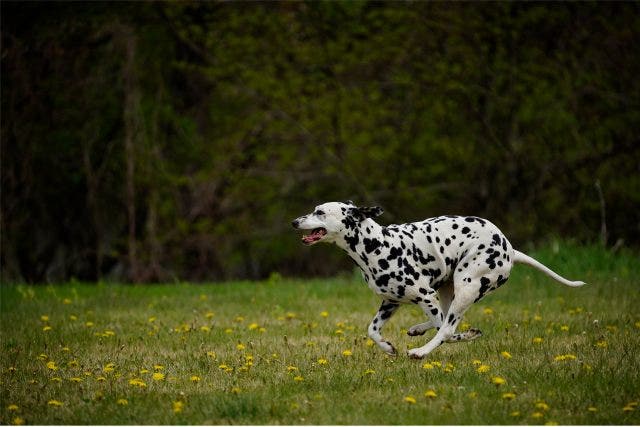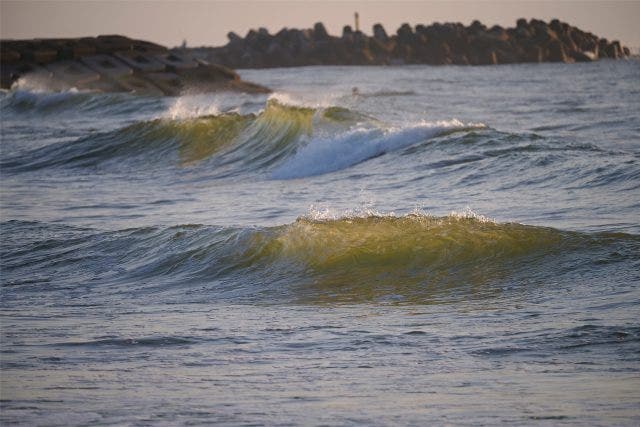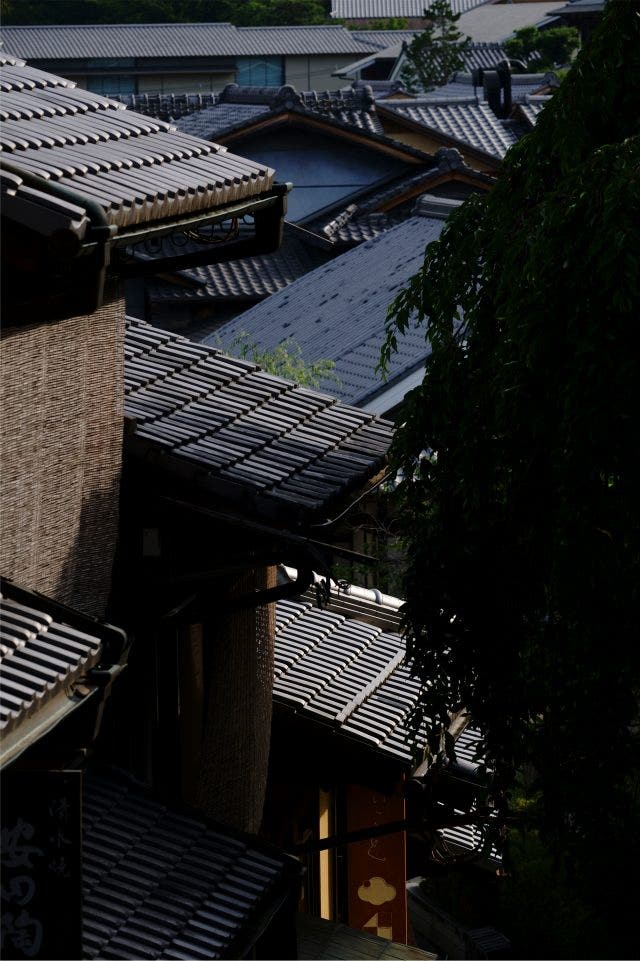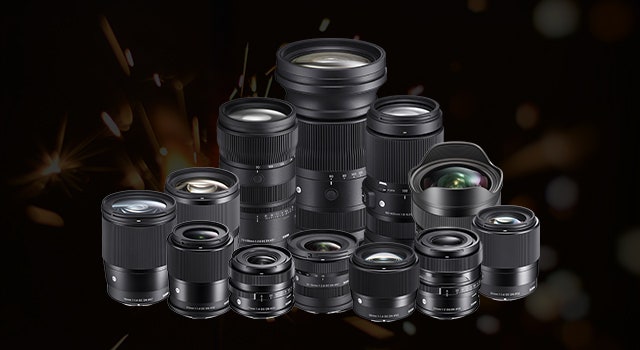100-400mm F5-6.3
DG DN OS
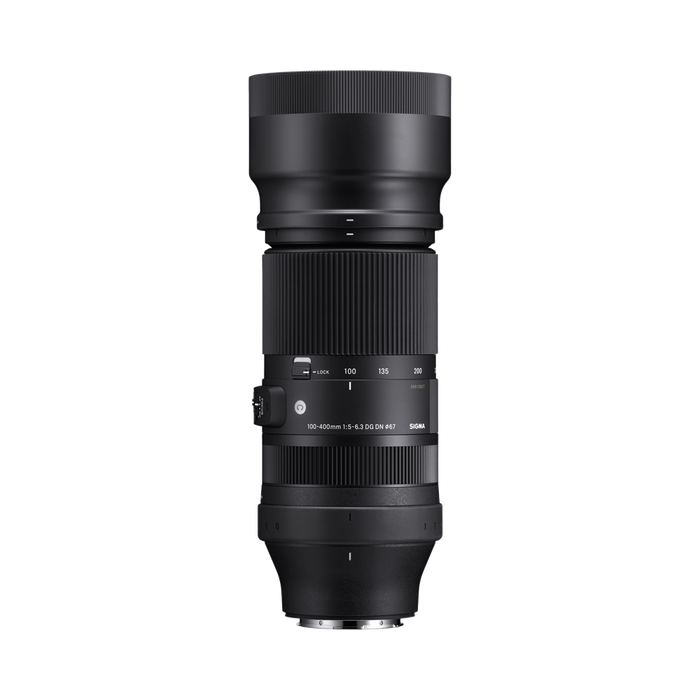

- Remarkably lightweight and compact body
- High-resolution, high-contrast image quality
- Effective correction of aberrations and distortion
- Optical stabilization (OS) of 4 stops (up to 5 stops for X Mount)
- AFL button, zoom lock, focus limiter, OS mode switch
- Responsive and near-silent stepping focus motor
- Mount with dust and splash resistant structure
- TSC (Thermally Stable Composite) construction
- Super Multi-Layer Coating reduces flare and ghosting
- Compatible with Lens Aberration Correction*
AWARDS
|
TIPA |
2021 |
| Angle of view | Telephoto | |
|---|---|---|
| Camera Type | Mirrorless | |
| Lens Mount | L-Mount, Sony E-mount, Fujifilm X mount | |
| Sensor Size | Full Frame | |
| Construction | 22 Elements in 16 Groups | |
| Angle of view | 24.4° - 6.2° | |
| Number of diaphragm blades | 9 (rounded diaphragm) | |
| Minimum aperture | F22-29 | |
| Minimum focusing distance | 112 (W) - 160 (T) cm | |
| Maximum magnification ratio | 1:4,1 (400 mm) | |
| Filter diameter | 67mm | |
| Dimensions (diameter x length) | Sony E-mount FUJIFILM X mount ⌀ 86.0 mm x 199.2 mm ⌀ 86.0 mm x 199.5 mm |
|
| Weight (g) | Sony E-mount FUJIFILM X mount 1140 g (PT-31 incl.) 1135 g (PT-31 incl.) |
|
| Edition number | C020 | |
| Supplied Accessories | Lens Hood LH770-05, Front Cap LCF-67mm III, Rear Cap II, Protective Cover PT-31 | |
| Accessories | Tripod socket TS-111 kit, Tele Converter TC-1411 (L-mount only), Tele Converter TC- 2011 (L-mount only), USB-dock UD-11 (L-mount only), WR Ceramic Protector Filter 67mm | |
| EAN-code | Sony E-mount FUJIFILM X mount 085126750657 085126750756 |
|
| Specifications Info | * All figures calculated by L-Mount. Note: The L-Mount Trademark is a registered Trademark of Leica Camera AG. About Product Name: Product name includes "DG" when the lens is designed to deliver the ultimate in performance on cameras with full-frame sensors, and "DN" when the lens design is optimized for mirrorless cameras with the short flange focal length. | |
Sigma’s 5th DG DN lens with an exclusive new design
For full-frame mirrorless cameras
With the optics design specifically for a camera with a short flange back distance, the DG DN series of lenses achieves a supreme combination of optical performance and compactness that could not have been possible with lenses for single-lens reflex cameras. Thanks to the stepping motor system that is optimized for both phase detection AF and contrast AF, the SIGMA 100-400mm F5-6.3 DG DN OS | Contemporary makes shooting with the video or eye-tracking AF very smooth.
SIGMA’s 5th DG DN lens is a long-awaited ultra-telephoto zoom lens. This lens will expand the possibilities of mirrorless camera photography even further.
Product names: Abbreviations DG and DN indicate that the lens is suitable for full-frame cameras and is designed exclusively for mirrorless (short flange back distance) cameras, respectively.
Entirely new optical design for mirrorless camera
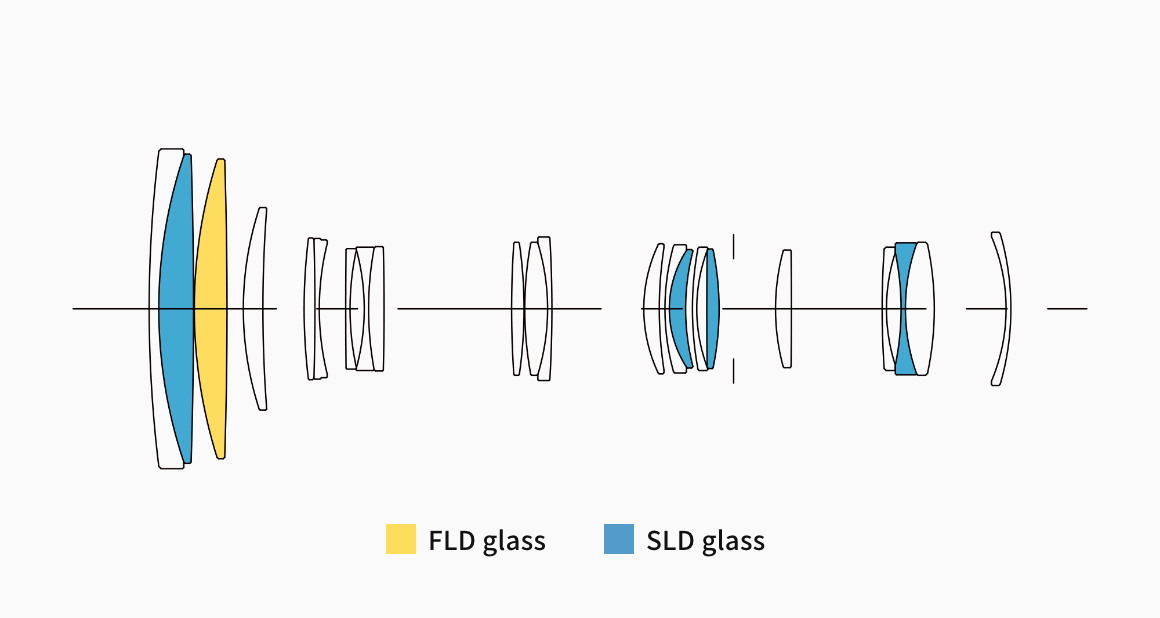

100-400mm F5-6.3 DG DN OS | Contemporary (New Mirrorless model)
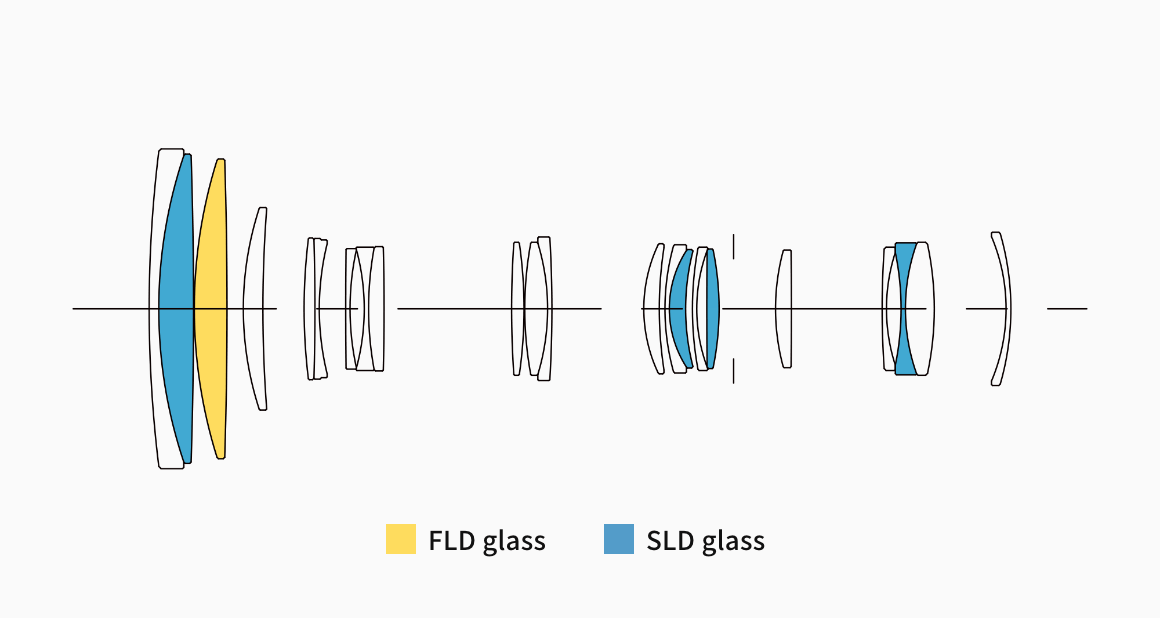

100-400mm F5-6.3 DG OS HSM | Contemporary (DSLR model)
Uncompromising image quality
The lens construction of the Sigma 100-400mm F5-6.3 DG DN OS | Contemporary comprises 16 groups and 22 elements, with one FLD and four SLDs used for the effective correction of aberrations and distortions. Built on the latest optical design technology and optimized for mirrorless systems, the new lens ensures the same high-resolution image quality all the way to the edges. In addition, it constantly achieves high levels of optical performance and makes the most of its capabilities as a zoom lens in any condition, at every focal length from wide to telephoto, and from close-up shots to telephoto photography.
Furthermore, when paired with Sigma TELE CONVERTER TC-1411/TC-2011 (sold separately / for L-Mount only), which was newly and exclusively developed for the use with mirrorless cameras, the Sigma 100-400mm F5-6.3 DG DN OS | Contemporary gives photographers a “super telephoto” angle of view with a focal length of up to 800mm while they enjoy the benefit of the compact system. Plus, AF is effective even with the teleconverter attached.
A full range of functionalities that enables smooth and easy ultra-telephoto shooting
In addition to a high-speed and smooth AF enabled by the stepping motor optimized to the latest algorithm, the Sigma 100-400mm F5-6.3 DG DN OS | Contemporary incorporates powerful image stabilization (OS) of four steps* built into the lens. When combined with a camera body with image stabilization built in, the lens corrects for pitch and yaw axis rotations, providing even more powerful image stabilization.
* Based on CIPA guidelines (Measured in 400mm with a 35mm full-size image sensor)


It also features the 1. AFL button to which the user may assign select functions on the camera side, and the focus limiter switch that allows optimizing the AF range according to the purpose of shooting, 2. Zoom lock switch that fixes the zoom ring at thewidest end, preventing it from rotating and causing the lens barrel to extendunder its own weight during transportation, 3. OS Switch which the user may switch between Mode 1 for general photography and Mode 2 for motor sports and other applications requiring panning.
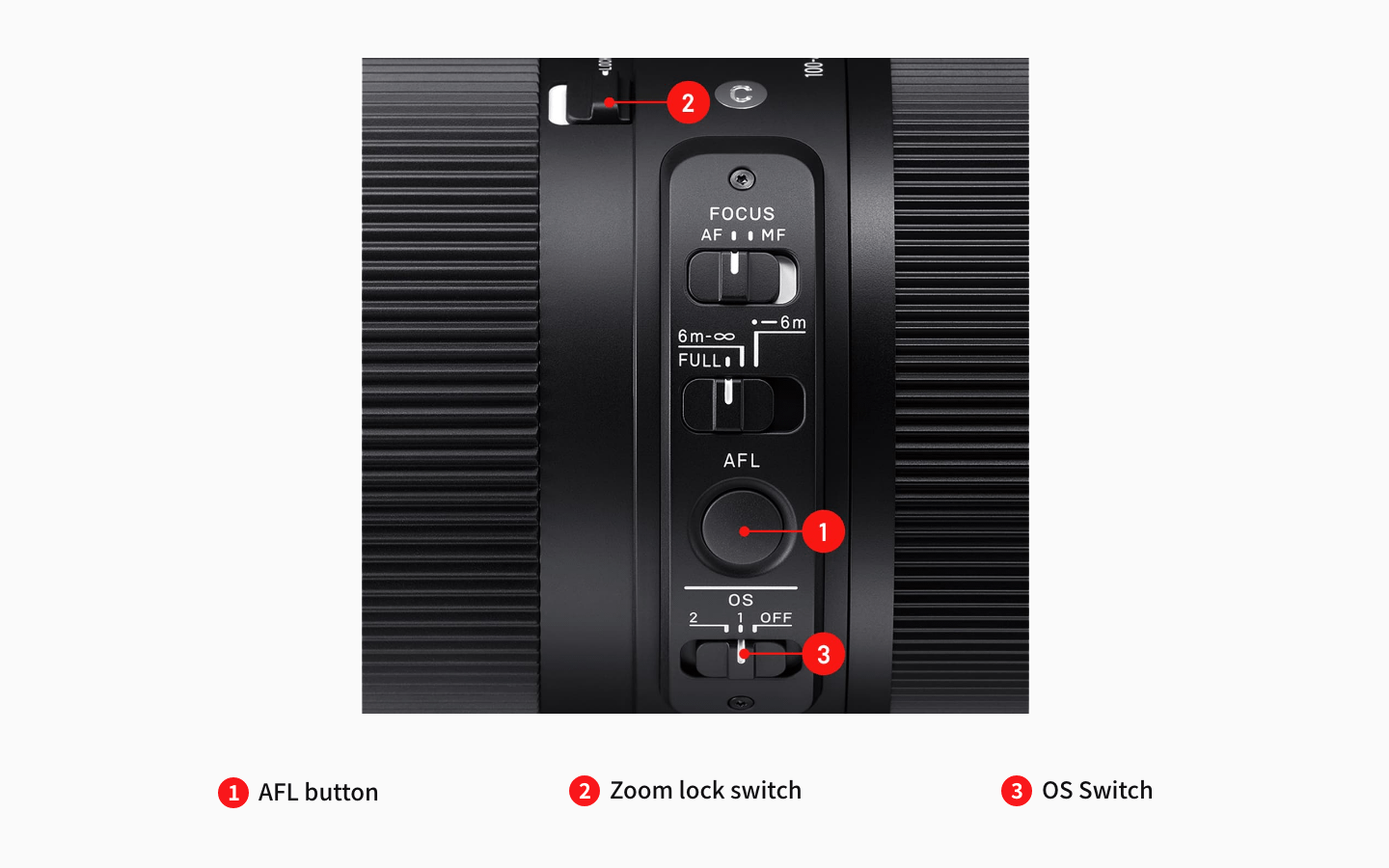

Switches optimized for each various mount version
The switches have optimized for L-Mount / Sony E-Mount and as well FUJIFILM X Mount*.
*The “AF Function Setting Switch” allows the user to select a function while the AF Function Button is pressed on the lens side.
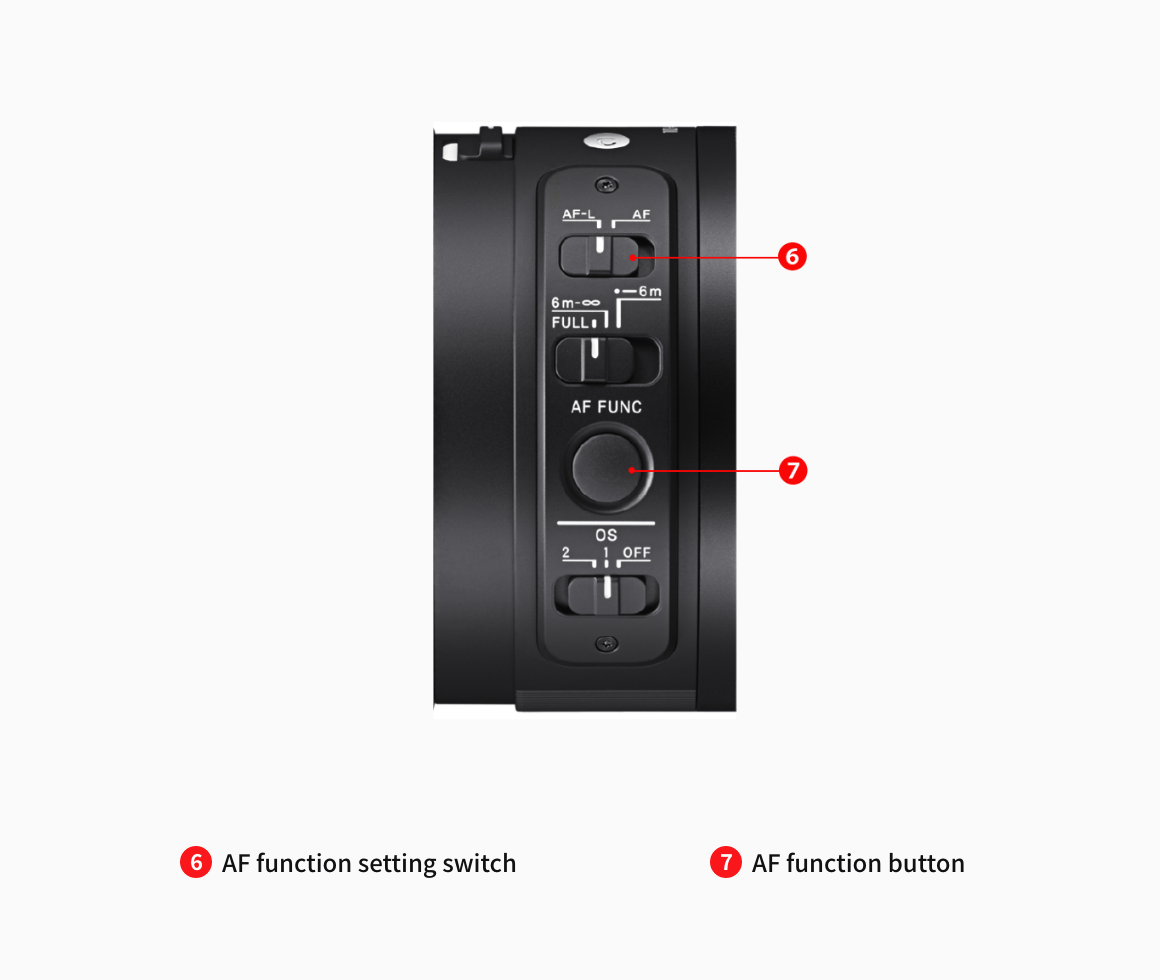

FUJIFILM X Mount
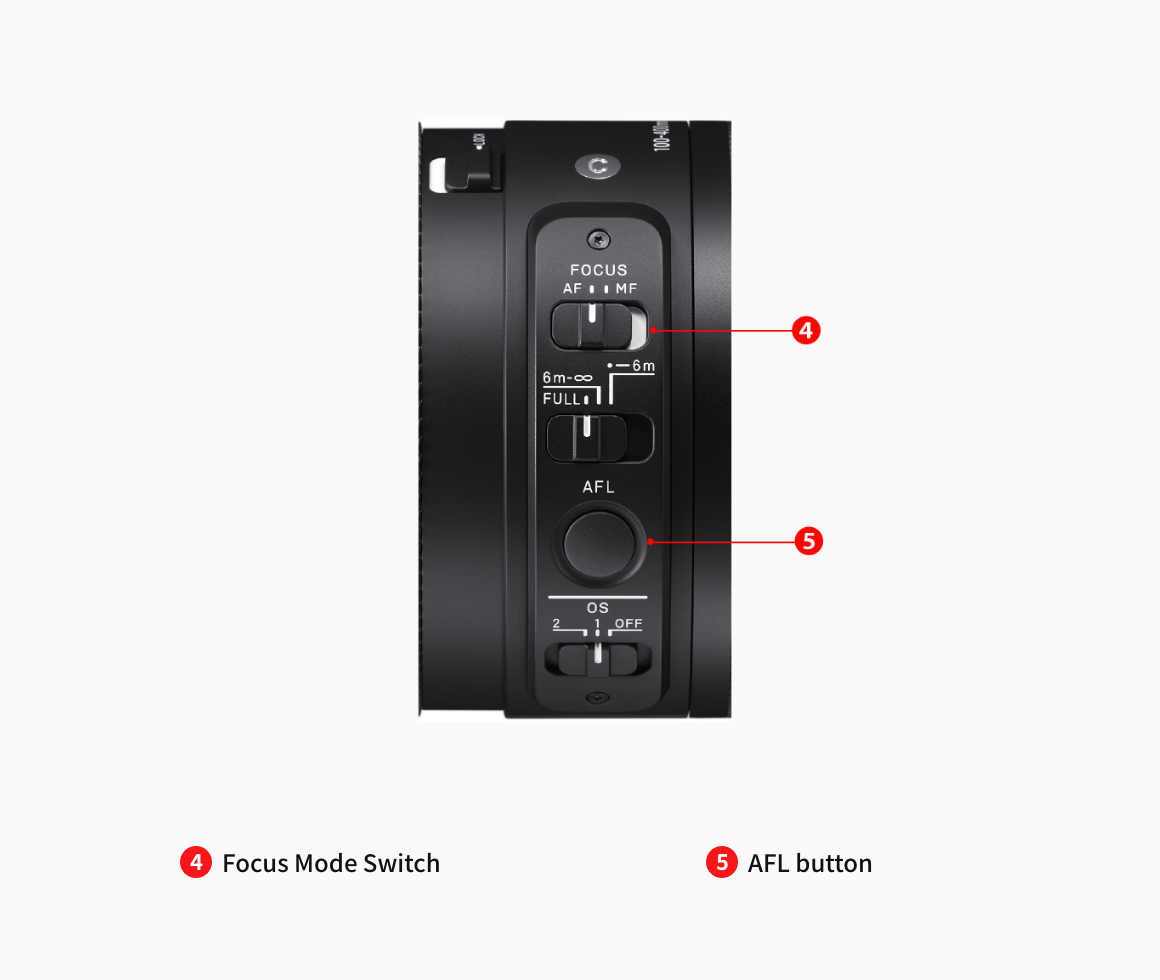

L-Mount / Sony E-mount
Sigma USB DOCK UD-11
By connecting the lens to Sigma USB DOCK (sold separately / for L-Mount only), which was newly developed exclusively for the use with mirrorless cameras, users can adjust the amount of focus movement when operating the focus ring on exclusive Sigma Optimization Pro software, which allows users to adjust focus in their preferred timing in MF mode.
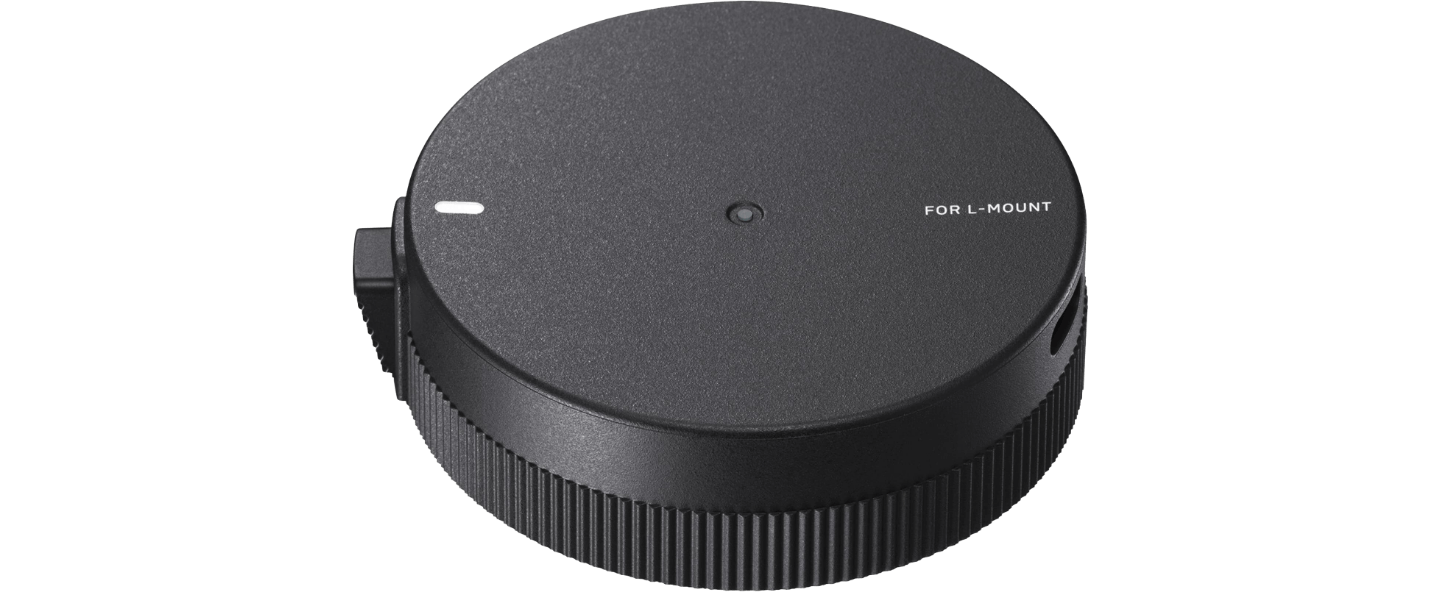

Dual action zoom
The Sigma 100-400mm F5-6.3 DG DN OS | Contemporary supports straight zoom, which allows photographers to zoom in and out by adjusting the hood, enabling intuitive and quick view angle adjustments. It features a “Dual action zoom” which supports both straight zoom and ring zoom.
Lightweight & Compact lens body
Sigma designed a light and durable ultra-telephoto zoom lens addition to its Contemporary line.
The Sigma 100-400mm F5-6.3 DG DN OS | Contemporary packs functionalities required for angles of view corresponding to focal lengths of 100-400mm in a compact, lightweight body. It is not merely about weight reduction, but the lens is durable, with careful selections to utilize the right materials in the right place. For instance, magnesium alloy is used for the part where a tripod socket is attached, which needs to be very strong.
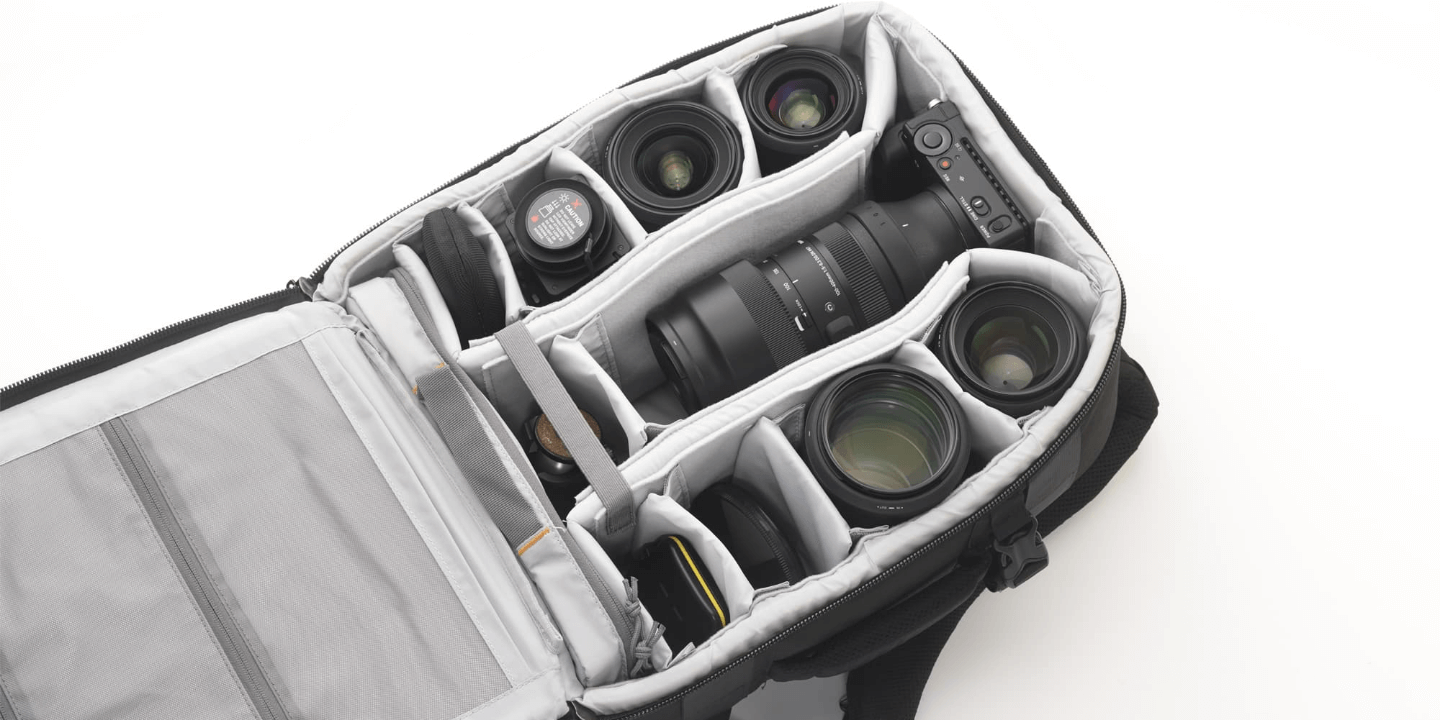

To allow for a paring with camera bodies of different sizes, a tripod socket (sold separately) is available. As this helps reduce any strain on the camera body, photographers can shoot long hours without worrying about it. The tripod socket comes with a strap which also helps reduce strain on the mount when carrying the lens around or during transportation


Mount with Dust and Splash Resistant Structure
The mount features a special sealing to make the lens an excellent choice in a wide variety of conditions.


Rounded diaphragm
The 9-blade rounded diaphragm creates an attractive blur in the out-of-focus areas of the image.
Designed to minimize flare and ghosting
From an early stage in the lens design process, flare and ghosting have been measured to establish an optical design resistant to strong incident light sources such as backlighting. Sigma’s Super Multi-Layer Coating reduces flare and ghosting to help photographers produce sharp and high contrast images even in backlit conditions.
High-precision, rugged brass bayonet mount
The brass mount combines high precision with rugged construction. Its treated surfaces and enhanced strength contribute to the exceptional durability of the lens.
Compatible with Lens Aberration Correction
Matching the optical characteristics of the lens, this function performs in-camera corrections of peripheral illumination, chromatic aberrations, distortion, and more, to further enhance image quality.
Note:
*Function available on supported cameras only. Available corrections or auto correction functionality may vary depending on the camera model.
*On cameras where lens aberration correction is controlled with ‘ON’ or ‘OFF’ in the camera menu, please set all aberration correction functions to ‘ON’(AUTO).
LENS CONSTRUCTION
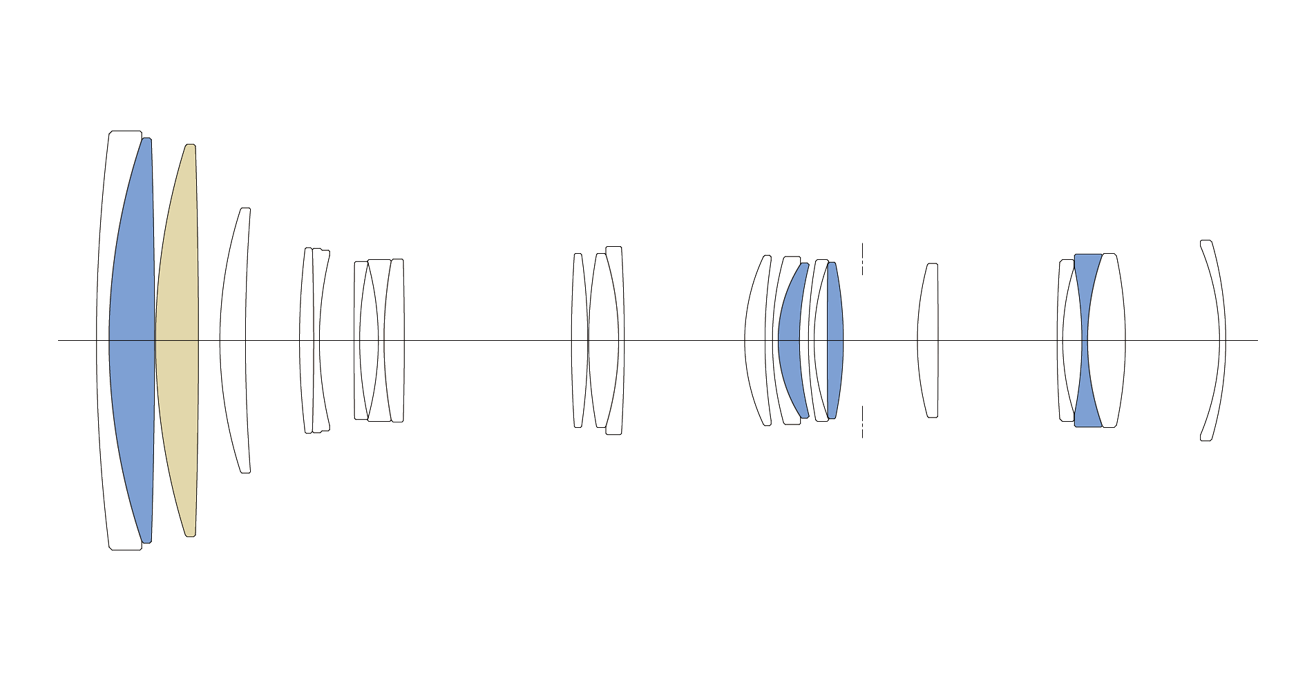

|
|
|
|
MTF CHART
The MTF (Modulation Transfer Function) is one of the measurements for evaluating a lens’ performance, and it shows how faithfully the contrast of the subject can be reproduced on the image plane. The horizontal axis shows the image height (distance from the center of the image in mm) and the vertical axis shows the contrast value (maximum value is 1).
The closer the 10 line pairs/mm curve is to 1, the higher the contrast and clarity of the lens is, and similarly, the closer the 30 line pairs/mm curve is to 1, the better the resolution and sharpness of the lens is.
*The MTF chart depicts the result at the wide-open aperture.
*For mirrorless lenses that support distortion correction, the horizontal axis shows the image height equivalent to when an L-Mount lens is attached to a Sigma L-Mount camera with distortion correction applied. (The effect of distortion correction may differ depending on the mount and camera used.)
*The spatial frequency indicates the variation on the image plane before distortion correction is performed.
|
Spatial frequency |
S:Sagittal Line |
M: Meridional Line |
|
10lp/mm |
|
|
|
30lp/mm |
|
|
DIFFRACTION MTF
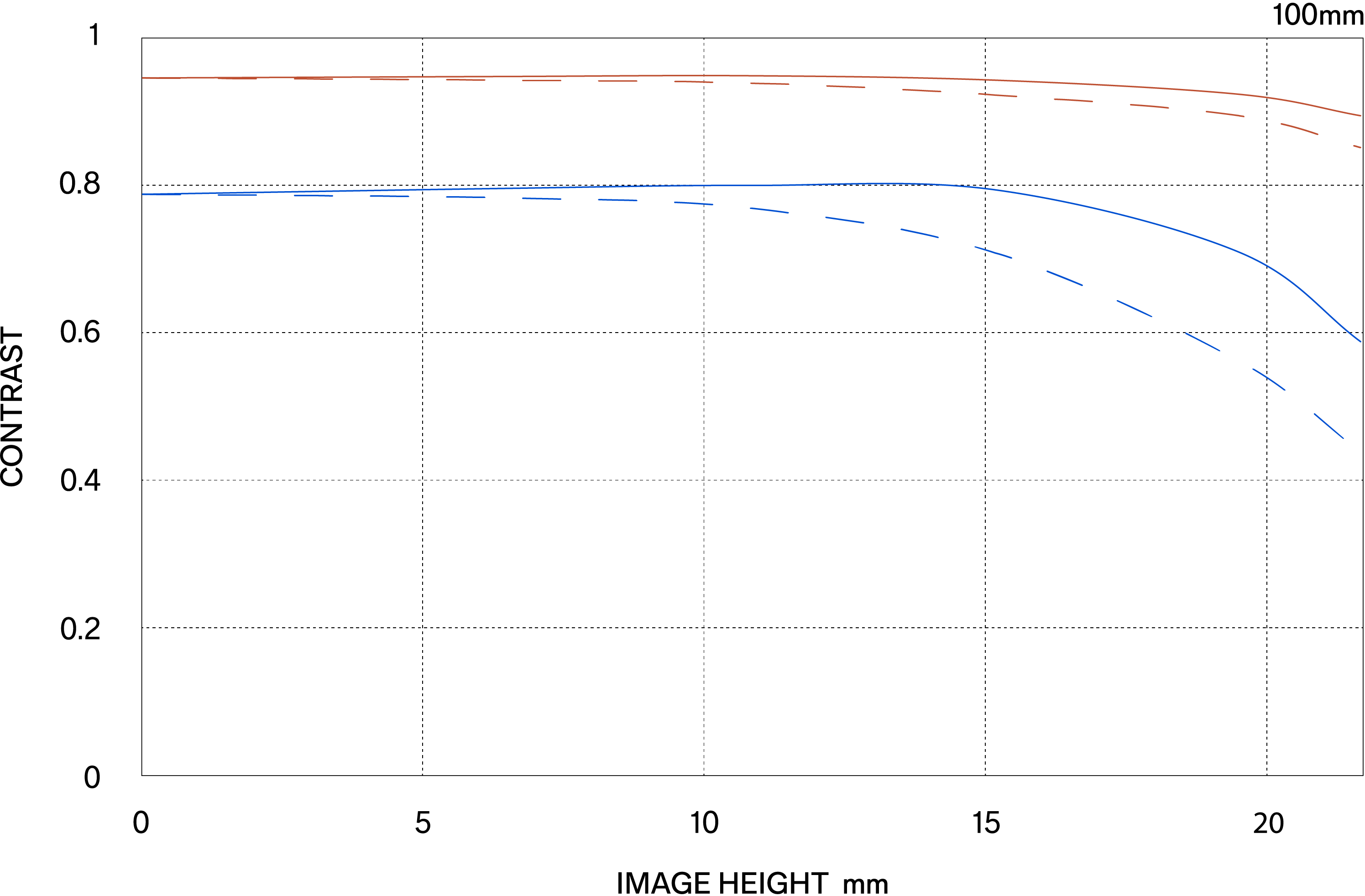

DIFFRACTION MTF
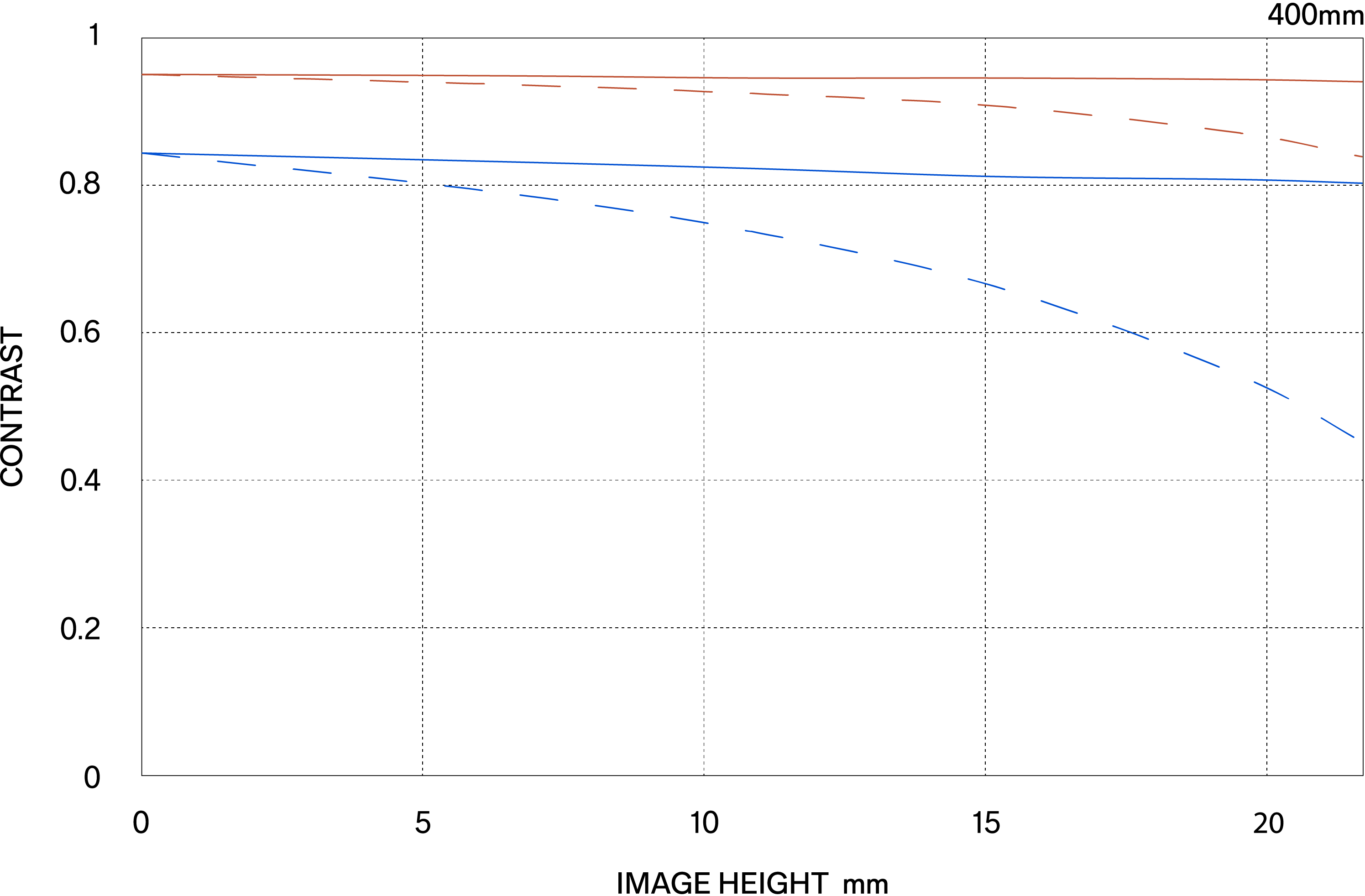

GEOMETRICAL MTF
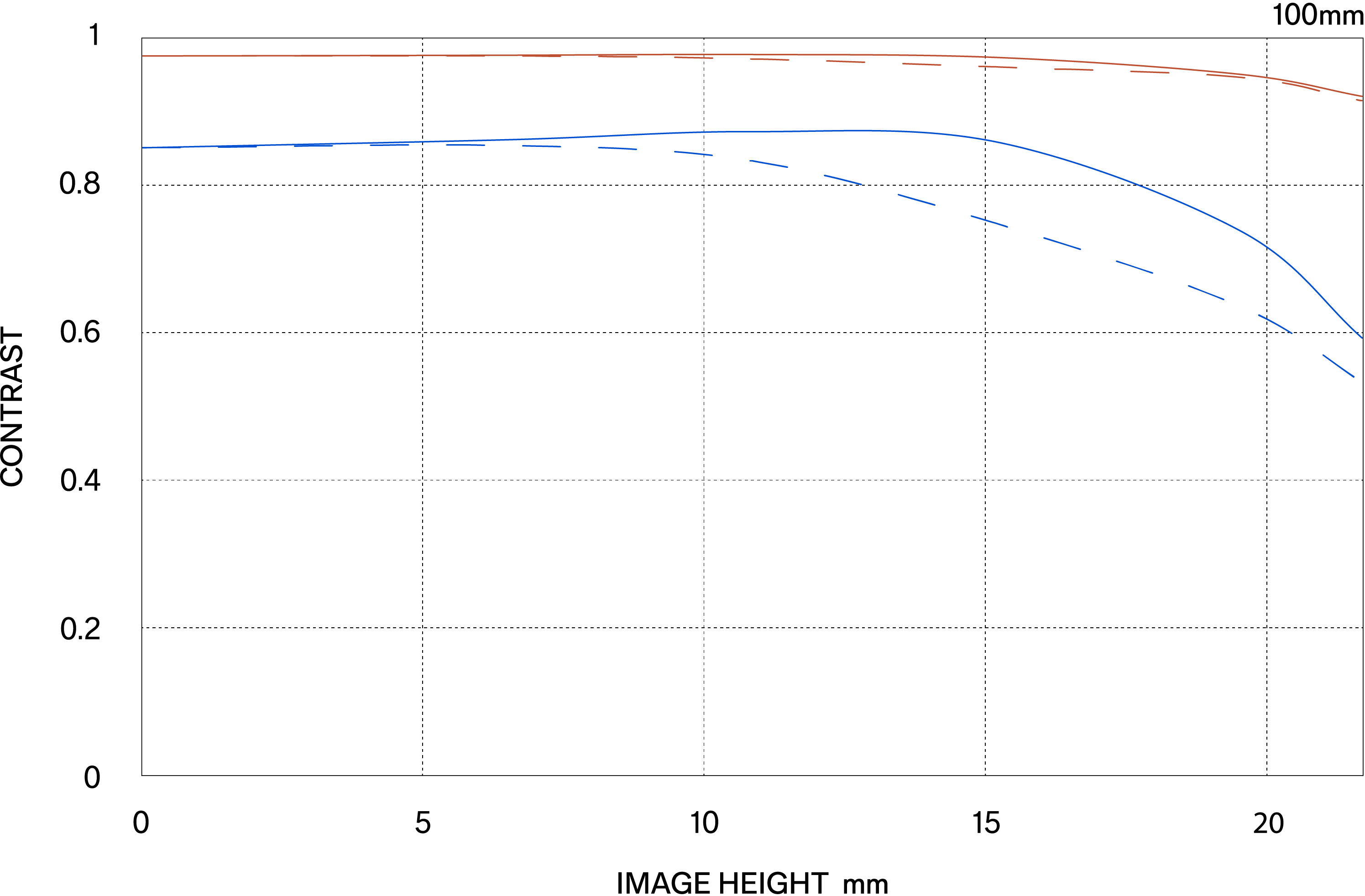

GEOMETRICAL MTF
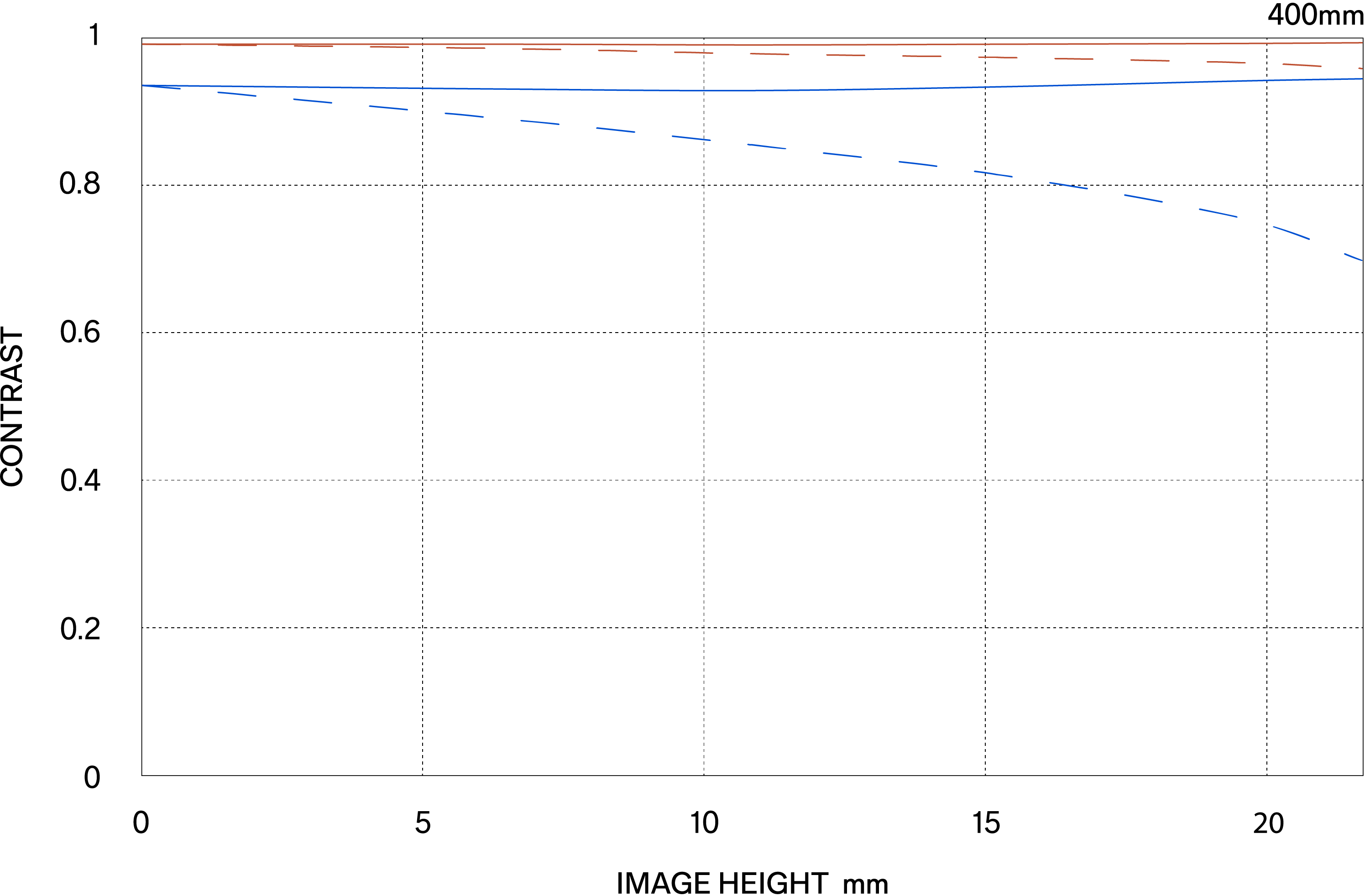

DIFFRACTION MTF (TC-1411)
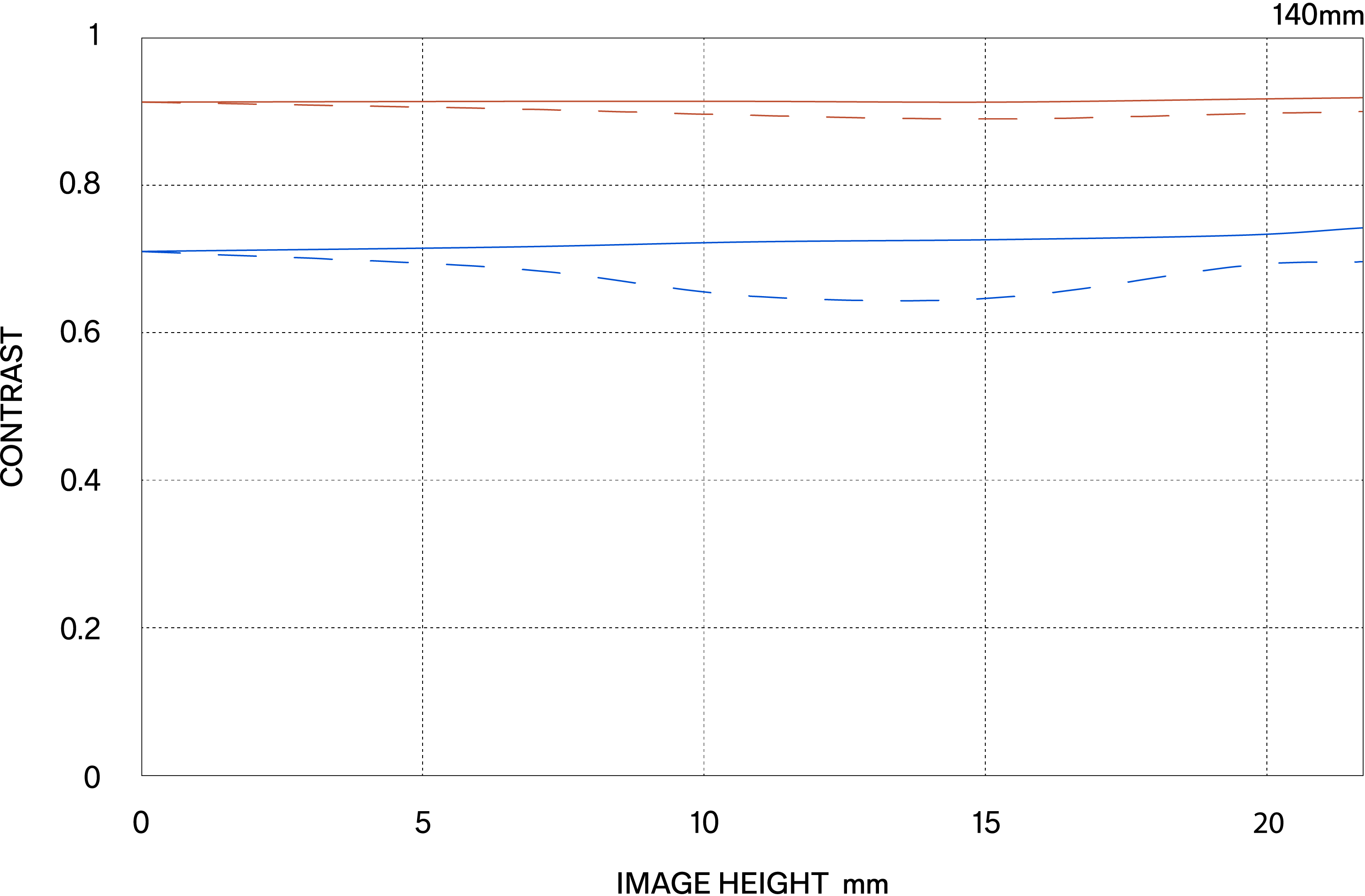

DIFFRACTION MTF (TC-1411)
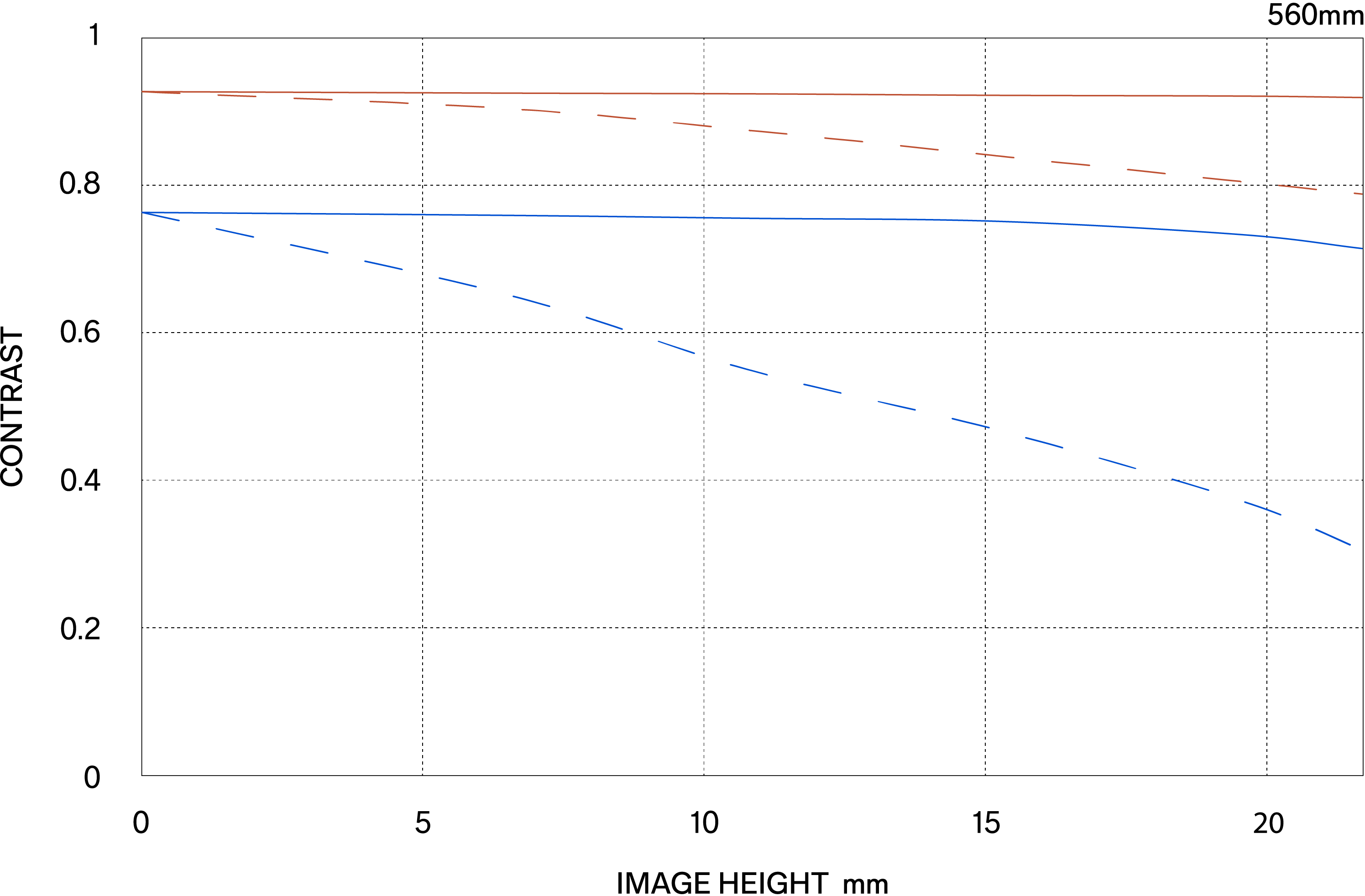

GEOMETRICAL MTF (TC-1411)
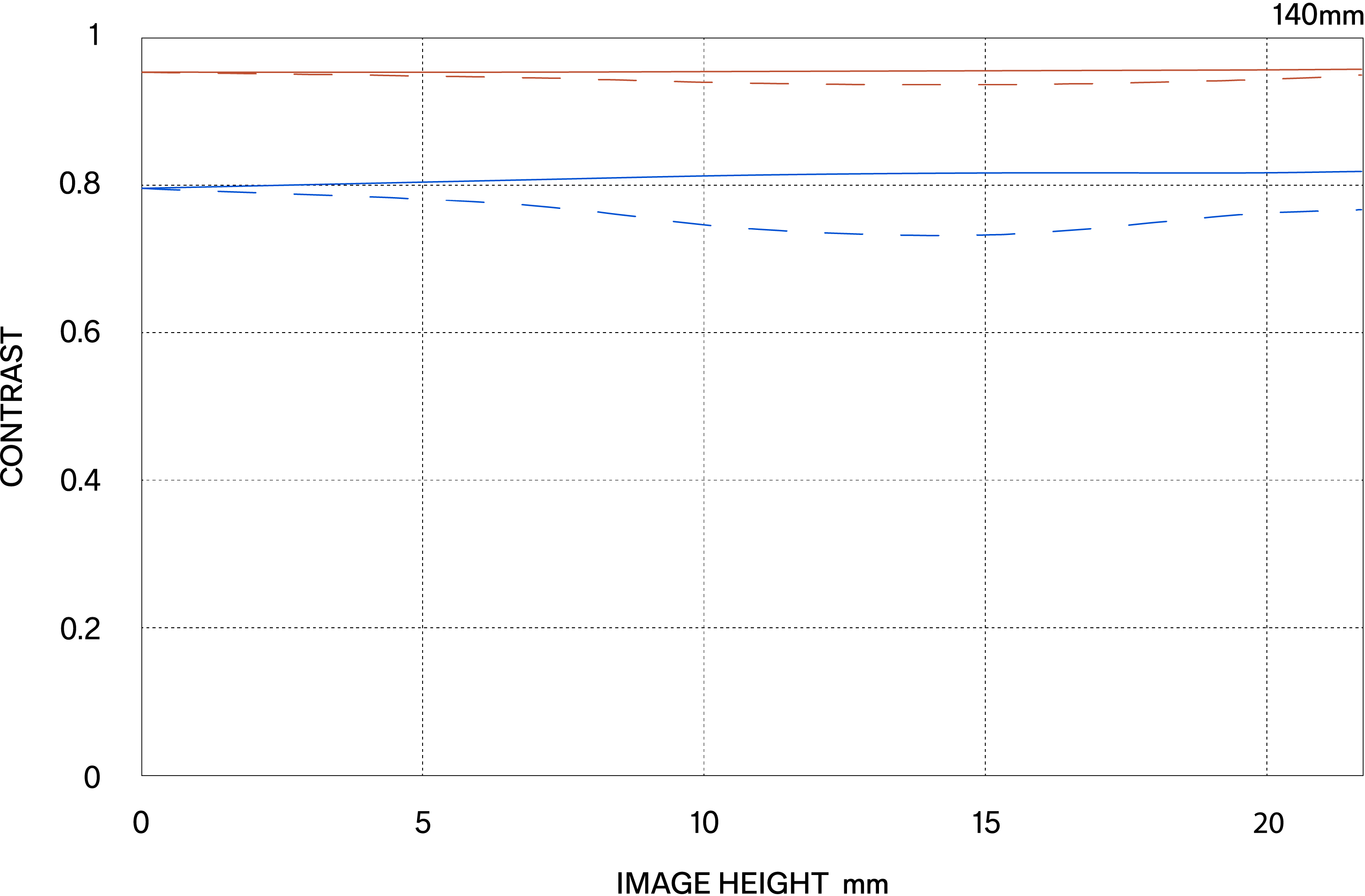

GEOMETRICAL MTF (TC-1411)
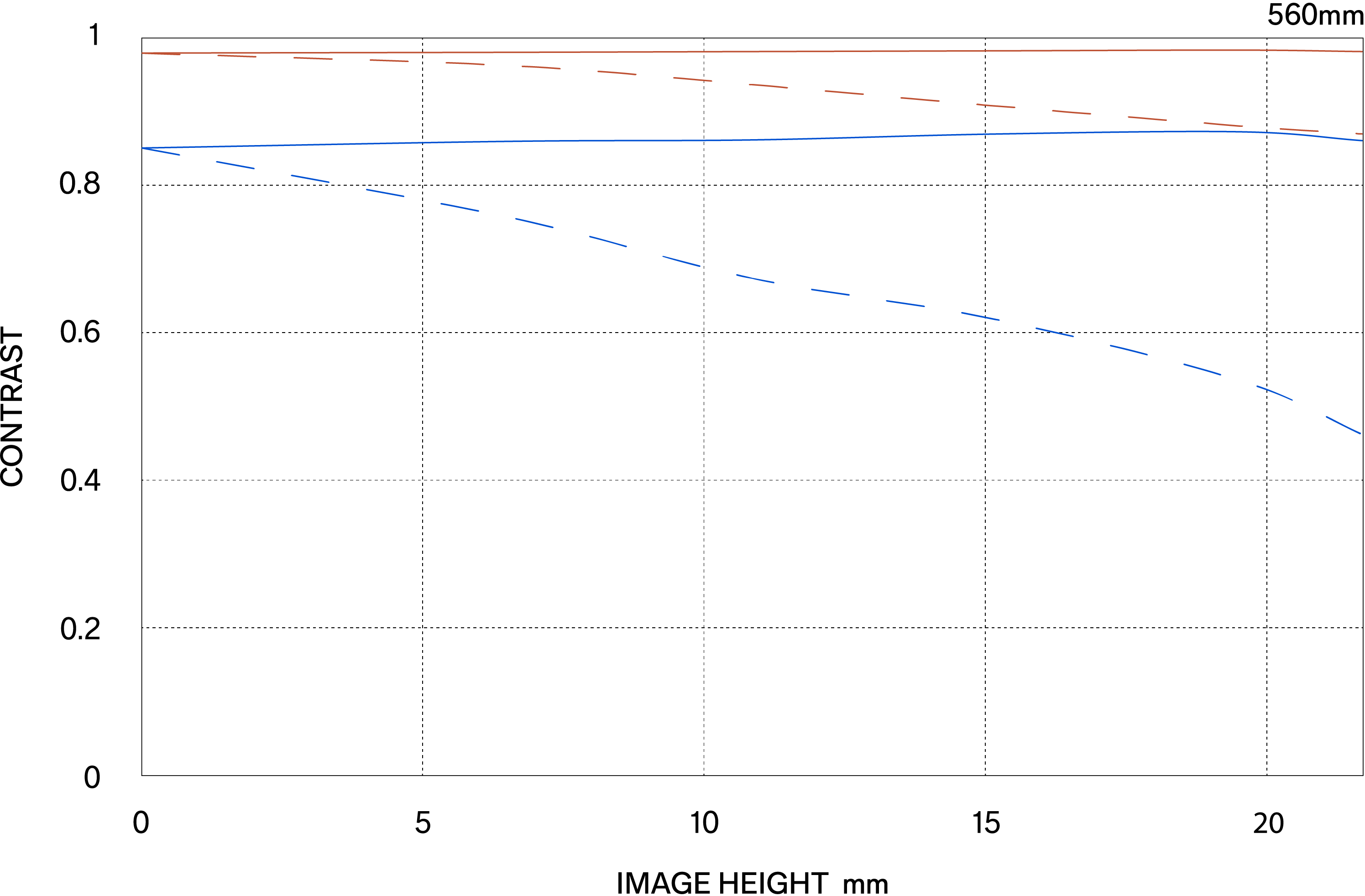

DIFFRACTION MTF (TC-2011)
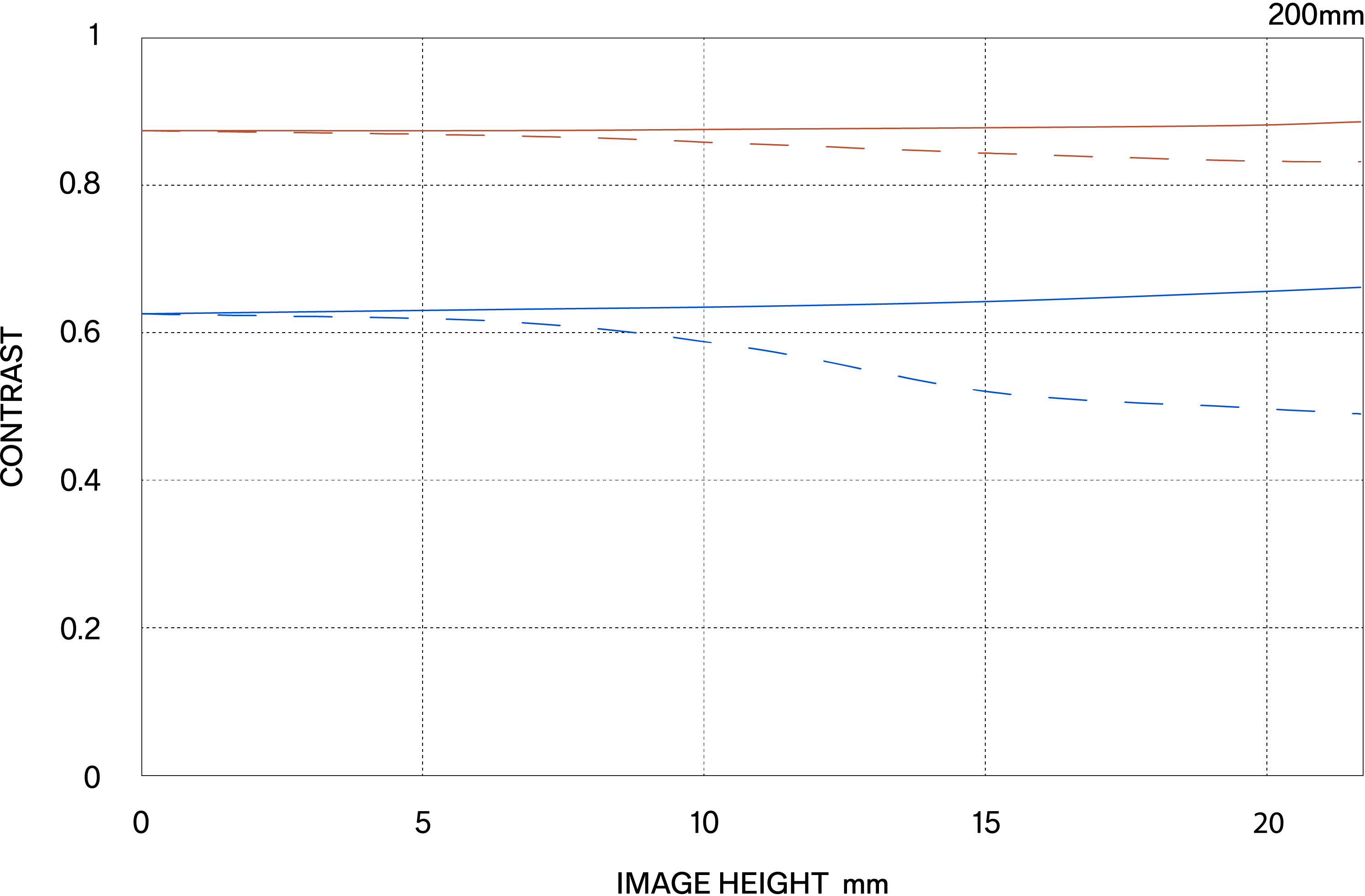

DIFFRACTION MTF (TC-2011)
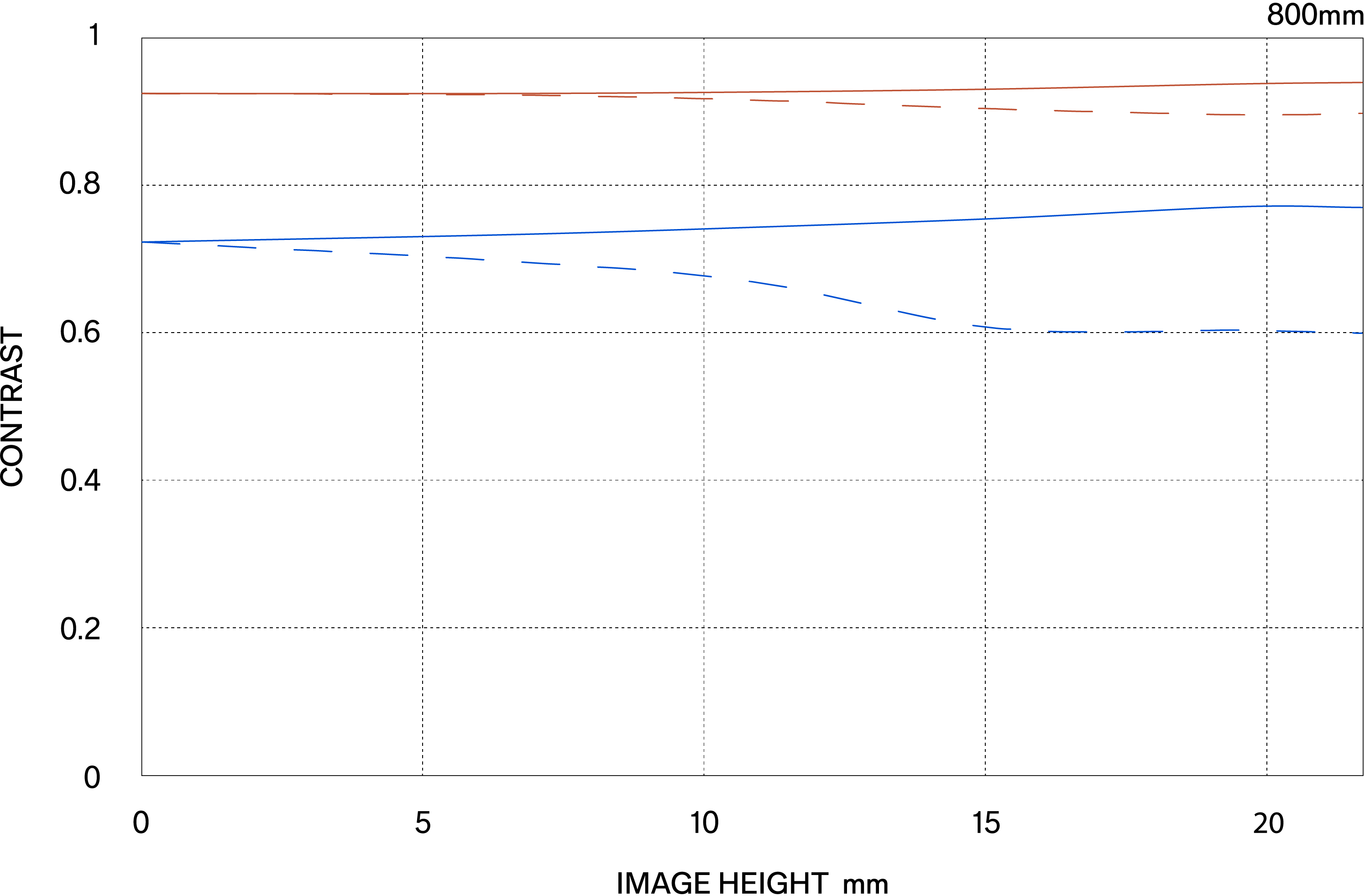

GEOMETRICAL MTF (TC-2011)
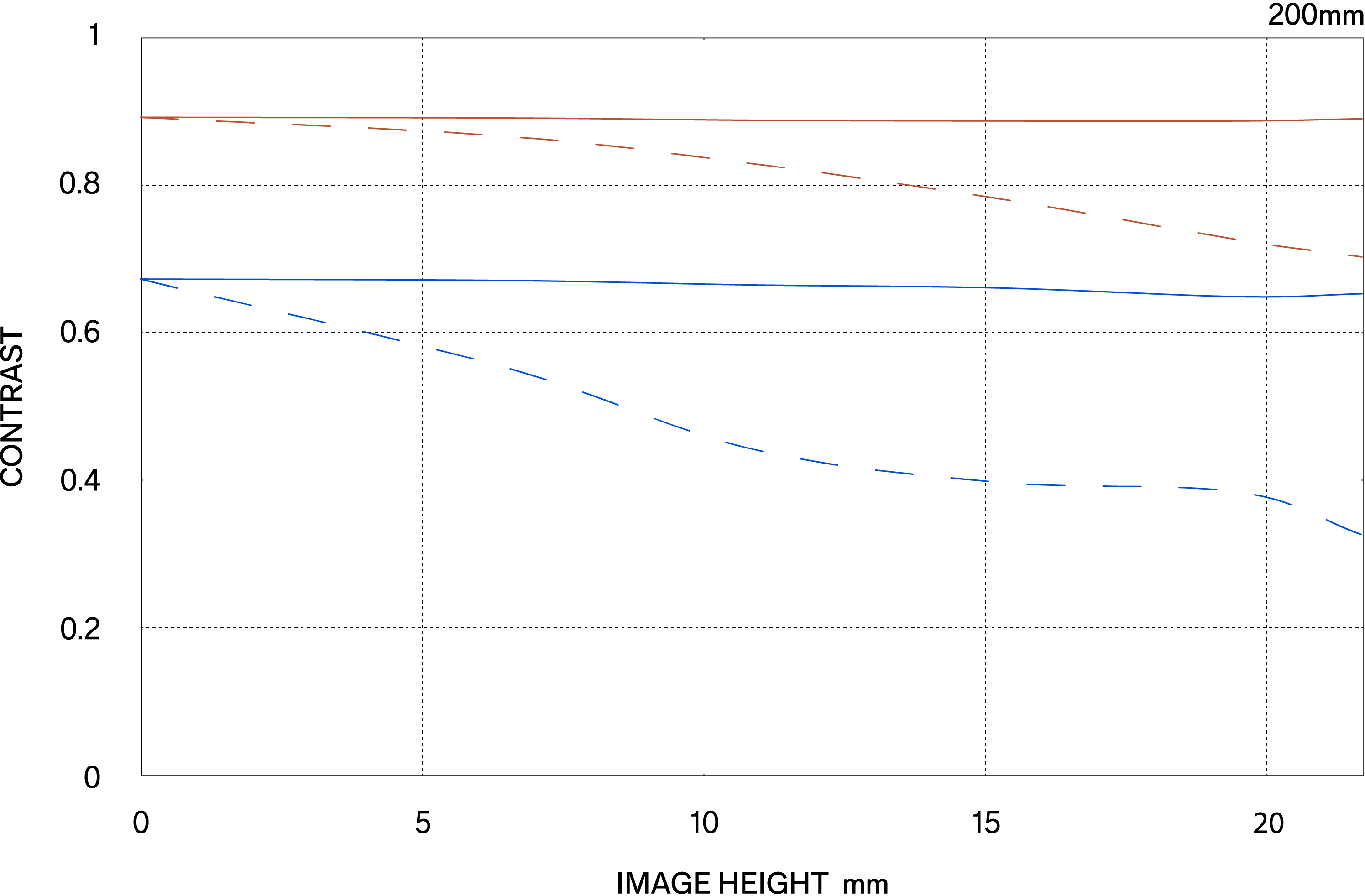

GEOMETRICAL MTF (TC-2011)
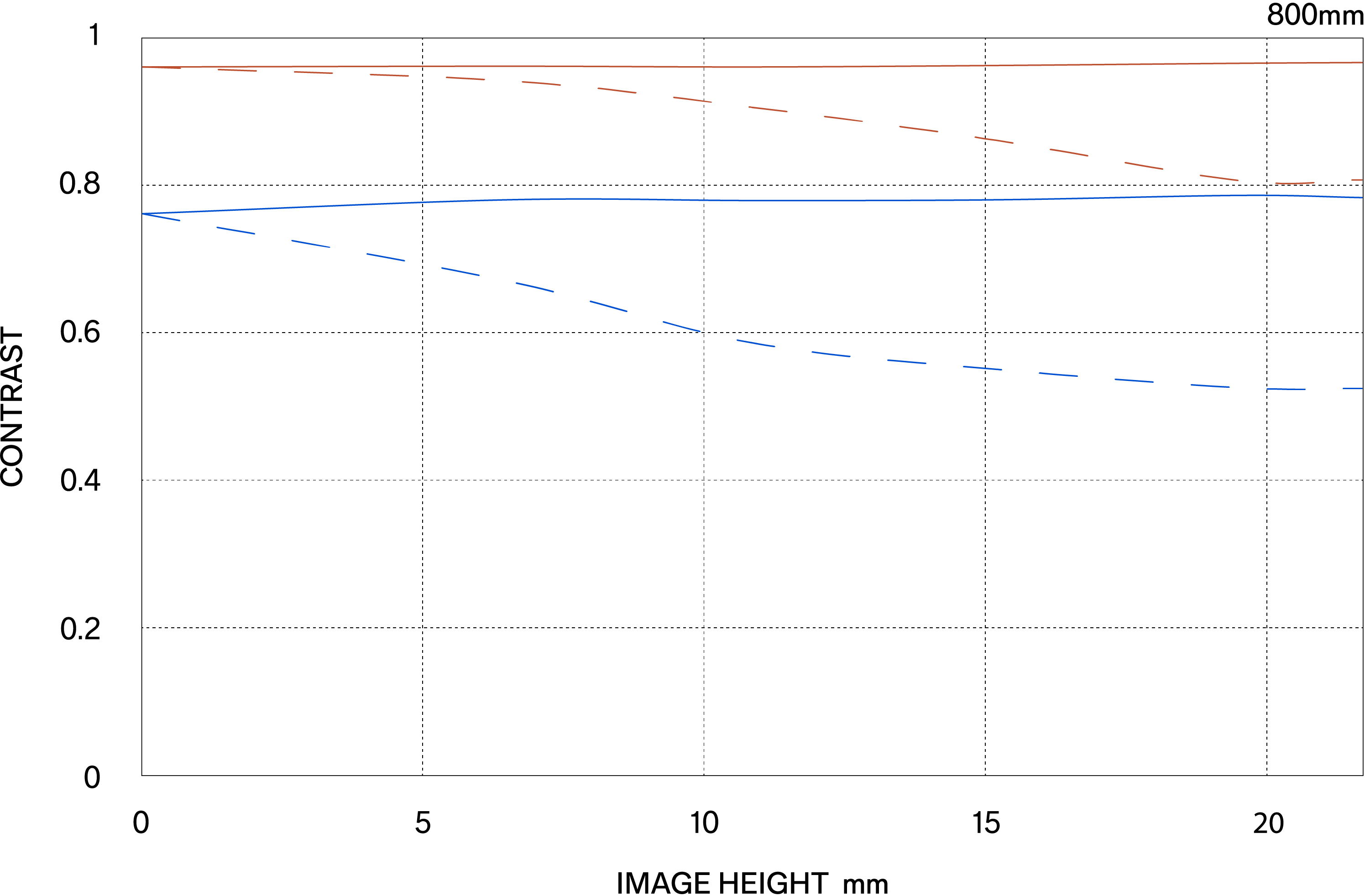

DIFFRACTION MTF (FUJIFILM X MOUNT)
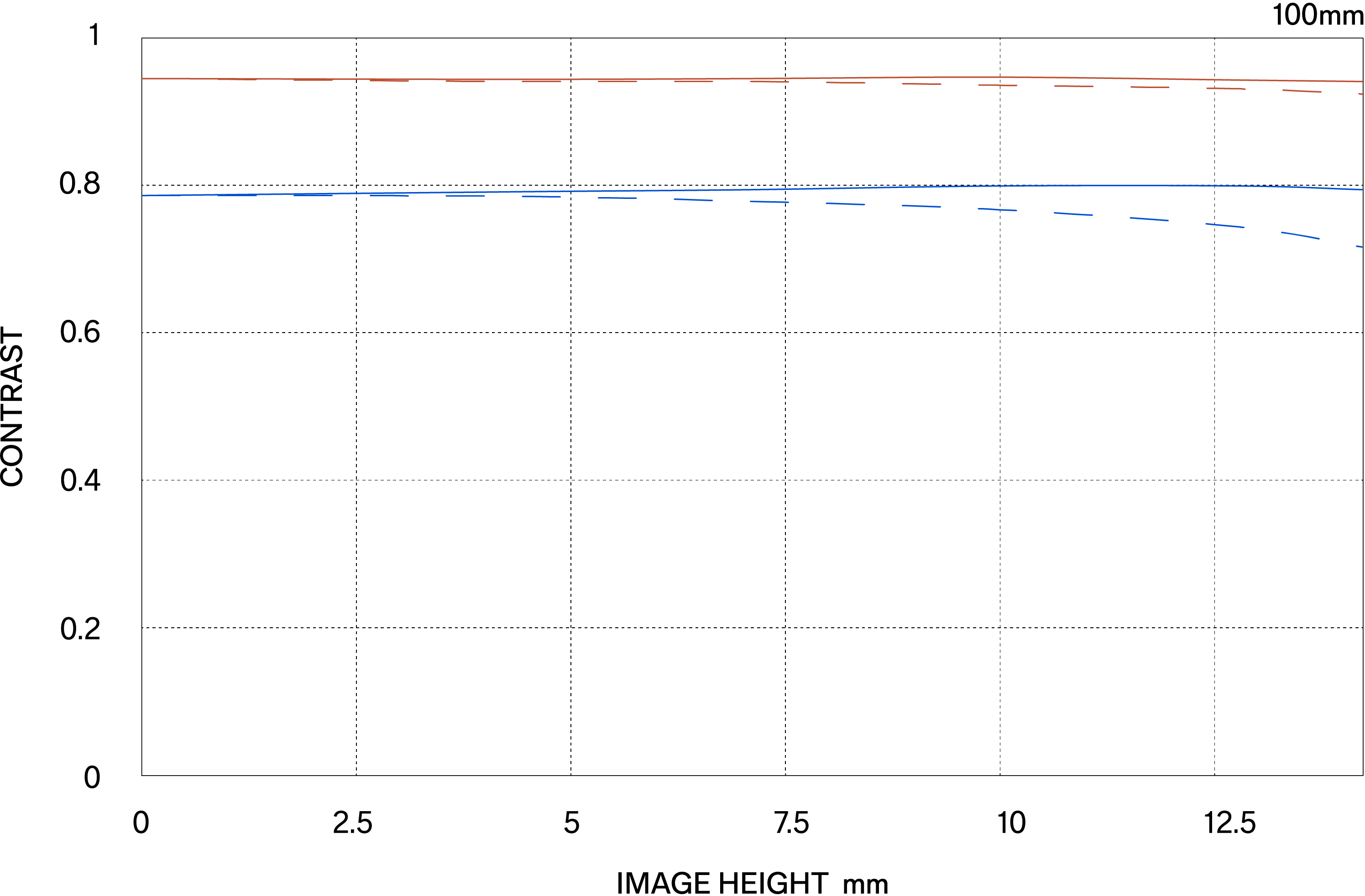

DIFFRACTION MTF (FUJIFILM X MOUNT)
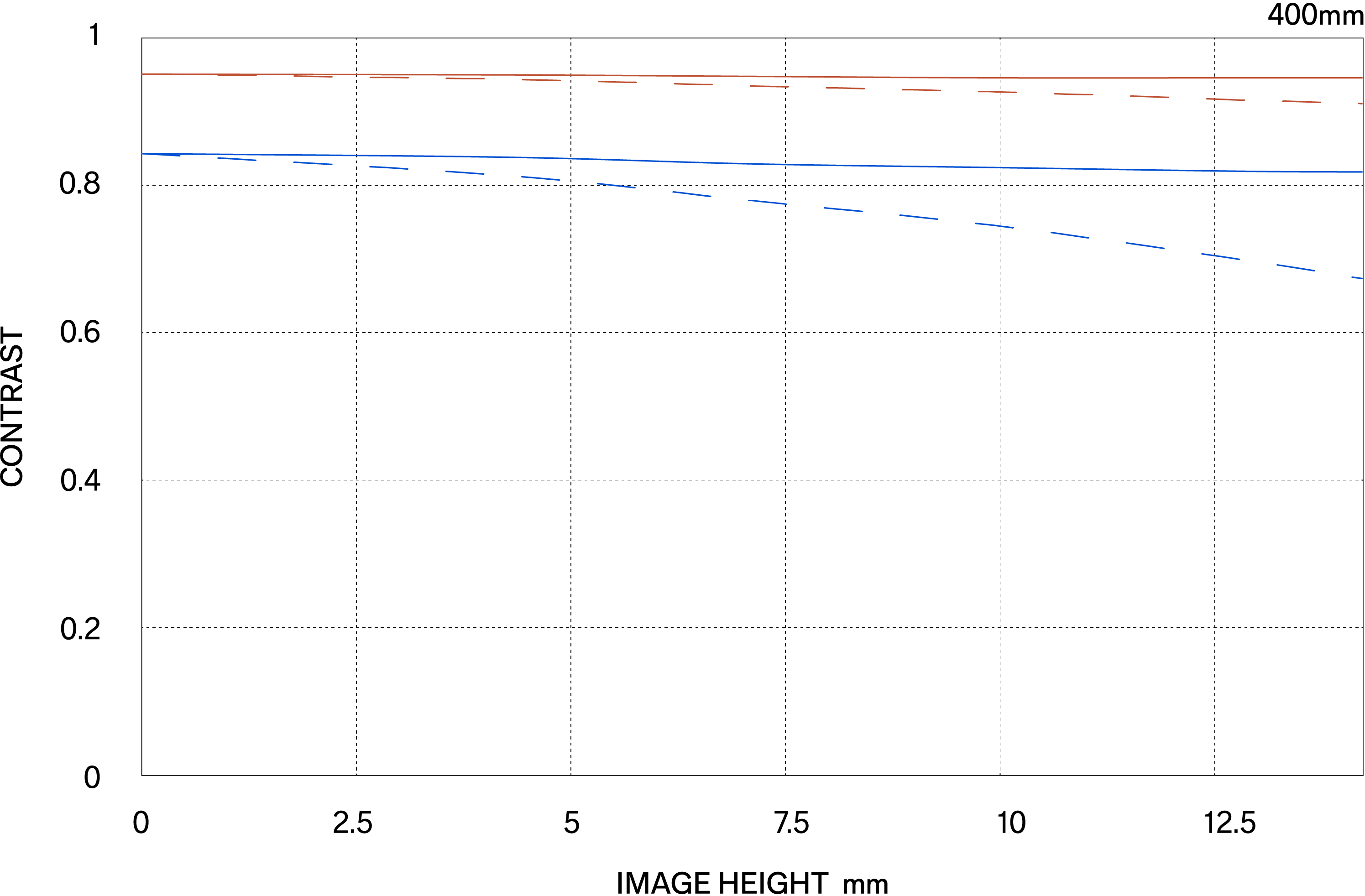

GEOMETRICAL MTF (FUJIFILM X MOUNT)
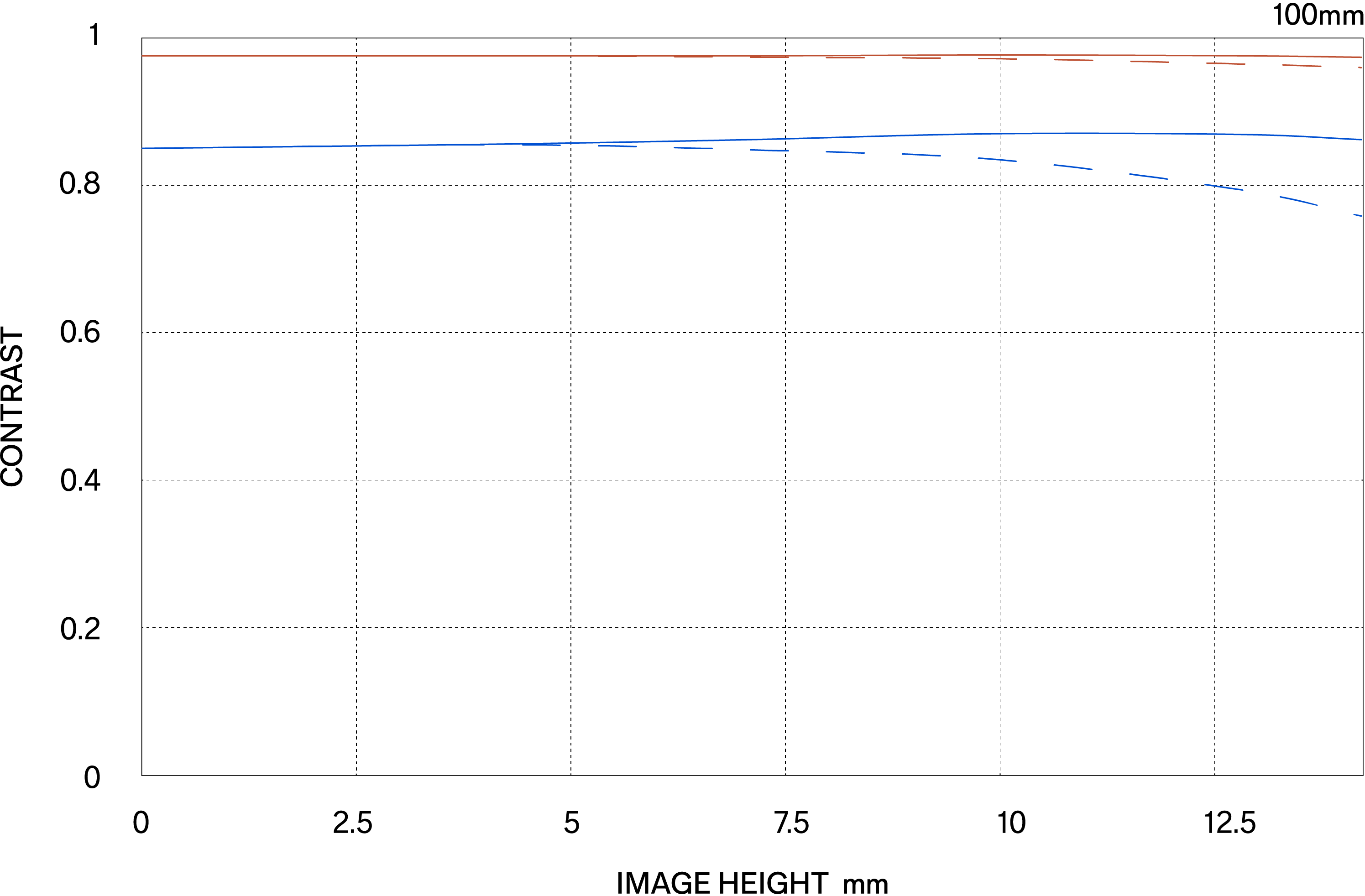

GEOMETRICAL MTF (FUJIFILM X MOUNT)
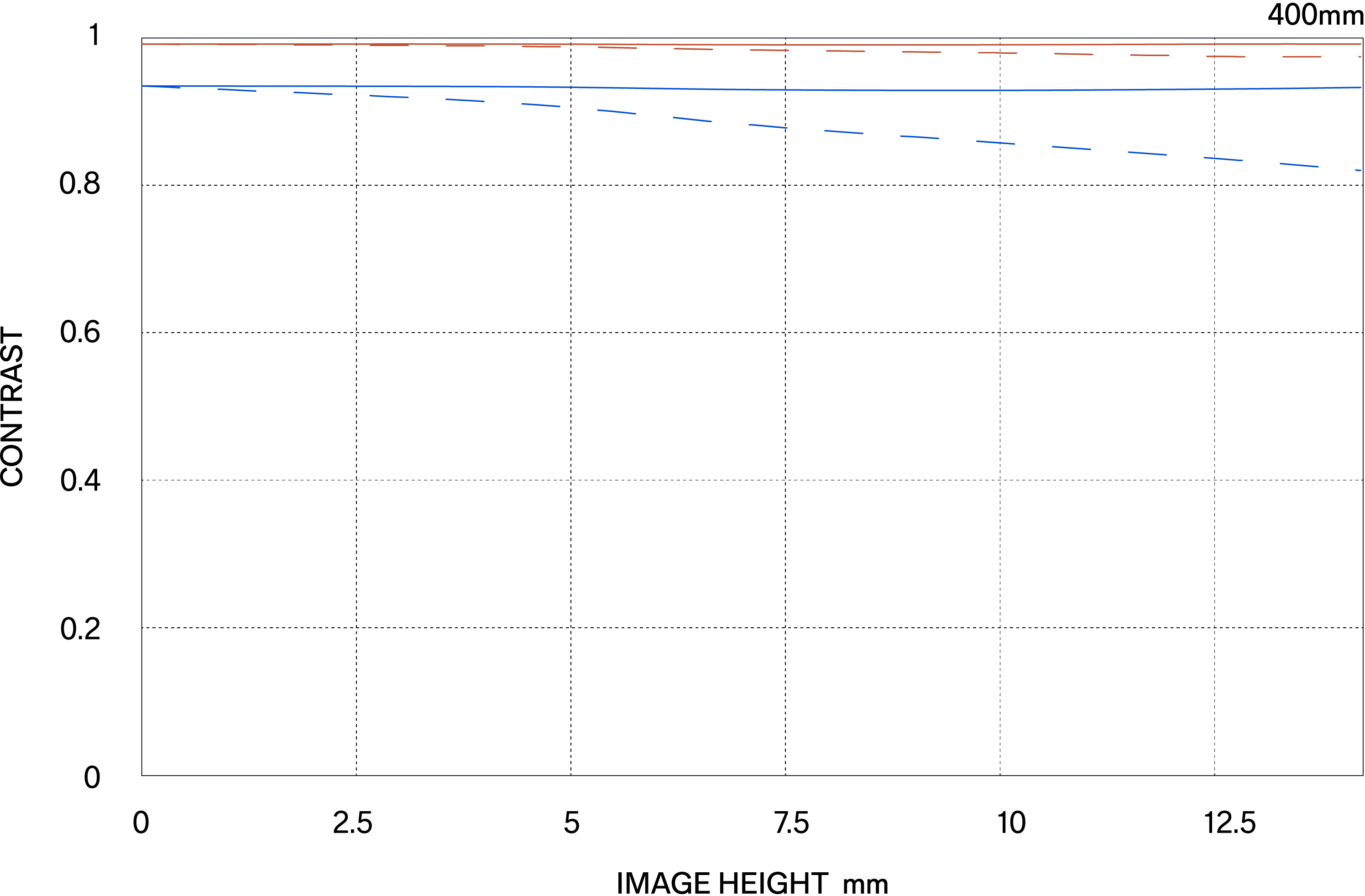

High-precision, rugged brass bayonet mount
The brass mount combines high precision with rugged construction. Its treated surfaces and enhanced strength contribute to the exceptional durability of the lens.
Mount with Dust and Splash Resistant Structure
The lens mount incorporates rubber sealing to protect the mount from dust and water drops.
Rounded diaphragm
The polygonal shape of a conventional iris dia phragm causes out-of-focus light points to appear polygonal. A rounded diaphragm is designed to pro duce rounded out-of-focus light points when opened to near maximum aperture. This creates attractive bokeh effects in many situations, such as when pho tographing a subject against an out-of-focus surface of water from which light is being reflected.
Intelligent OS
Intelligent OS is an algorithm specially designed for panning shots. It enables effective image stabilization even when the camera is moved vertically or diagonally, regardless of the horizontal and vertical orientation. This feature is available on all of SIGMA's telephoto lenses that have OS switches 1 and 2, with the exception of the SIGMA 120-300mm F2.8 DG OS HSM | Sports.
Exclusive low-dispersion glass
The degree to which light is refracted by glass depends on the light's wavelength. This fact causes different colors of light to focus at slightly different points. The result is chromatic aberration, the color fringing that is particularly noticeable in telephoto lenses. Most chromatic aberration can be removed by combining a high-refractivity convex lens element with a low-refractivity concave element. Yet residual chromatic aberration known as "secondary spectrum" may still remain. To minimize this secondary spectrum, which can be a serious issue with conventional lenses, SIGMA lenses feature up to three types of exclusive low-dispersion glass offering superior performance: ELD (Extraordinary Low Dispersion), SLD (Special Low Dispersion) and FLD ("F" Low Dispersion). In particular, FLD glass offers ultra-low dispersion in combination with high transmittance and the anomalous dispersion characteristics of fluorite. Meticulous deployment of these types of exclusive low-dispersion glass and optimization of power distribution gives SIGMA lenses superlative image rendition undiminished by residual chromatic aberration.






